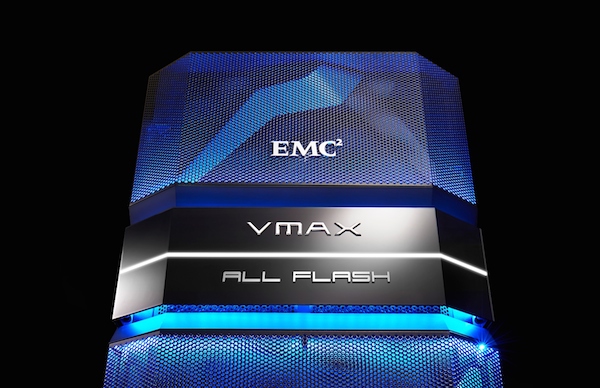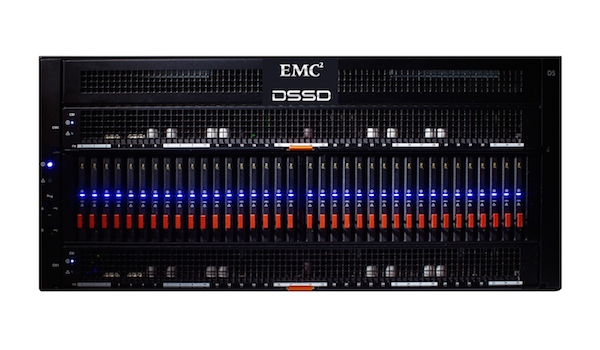All-flash technology for data analytics seen to boost businesses
The prediction that there will be billions of devices connected in 2020 has been going around for years, signaling the advent of the Internet of Things (IoT). The devices will generate terabytes after terabytes of data which will be stored in the cloud.
Companies are now becoming more and more dependent on data analytics than before. Data analytics give them real-time feedback on consumer behavior, which then translates to adjustments in service or an entirely new marketing strategy.
“I think more intelligence is being put into devices,” said Ronnie Latinazo, country manager of EMC2 Philippines.
EMC offers data storage, information security, virtualization, analytics, cloud computing and other products and services that enable businesses to store, manage, protect, and analyze data. EMC’s target markets include large companies and small- and medium-sized businesses across various vertical markets.
Latinazo quoted industry analyst Gartner Inc. that by 2020, IoT will churn out “44 zettabytes or 44 trillion gigabytes” from only 4.4 ZB in 2013.
“How do companies cope with that growth?” asked Latinazo. “That’s where software-driven enterprises will come to grow and come to be more effective. To keep up with this growth; not only to keep up but also produce competitive advantage over their competitors.”
All-flash
Latinazo sees the emergence of modern-day data centers where companies offering cloud computing solutions will be using “all-flash technology” and moving from traditional storage.
“We think by 2016 the price point between traditional hard disk drives and solid state or all flash drives will come to parity,” he explained. “Given that flash offers much higher or unique value proposition in terms of performance, space, efficiency, etc. when the price points cross, you will see a natural increase adoption of flash technology.”
EMC2 is making a statement that all its new products, especially on the platform side, will be largely based on all-flash configurations. All-flash technology is a solid state storage disk (SSD) system that contains multiple flash memory drives instead of spinning hard disk drives and can transfer data to and from SSD.
One of EMC’s premium products, VMAX, is coming up with a unique version that’s all-flash and promises “to provide the highest and biggest flash offerings in the market.”
“VMAX Enterprise Class products are traditionally positioned to run traditional workloads: ERPs, banking applications, telcos,” explained Latinazo. “It still has the same features that made it a great product but the difference is we will be offering higher performance, more efficiencies, that’s unmatched.”
VMAX All-Flash consolidates mixed block and file workloads that require up to “six-nines” of enterprise availability, rich data services, IBM mainframe and iSeries support and scalable storage growth. It also offers the gold standard replication, recovery, data services and quality of service, reengineered with all-flash to deliver up to four petabytes of storage capacity.
“Aside from the usual reliability and resiliency of VMAX, it also has the ability to provide business continuance and protect the data. It has data services like compression, snaps to make clones or copies and it will allow our famous SRDF (Symmetrix Remote Data Facility) product to run to do remote mirroring.”
Rack-Scale Flash
EMC is also introducing DSSD D5 Rack-Scale Flash, a new flash storage category which offers “breakthrough” performance—for the most performance-intensive, traditional and next-generation use cases that require microsecond latencies such as real-time analytics for Hadoop and Oracle.
“This product is geared for the real-time analytics world,” Latinazo said. “Network bandwidth will not be an issue, latency is like sub-100 millisecond.
“To us, it’s going to be a breakthrough technology that’s going to allow companies now to go into new applications that they couldn’t do before because of performance and scalability limitations,” he explained. “This is what we are trying to address. We say it’s game changing, offers the lowest latency or delay in terms of computing, highest level of efficiency and the architecture is native. You can do more with your existing application by just moving it into this infrastructure without touching your applications.”
Latinazo said this new product would be most useful for telcos and retail companies dependent on consumer behavior. RC

